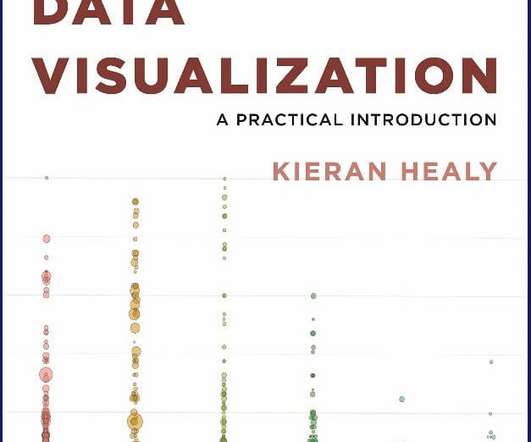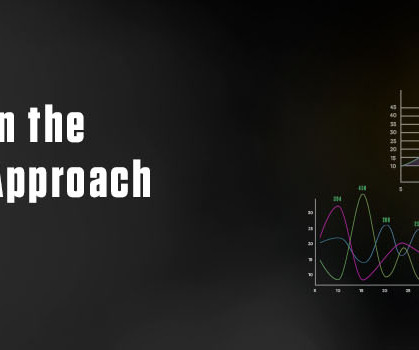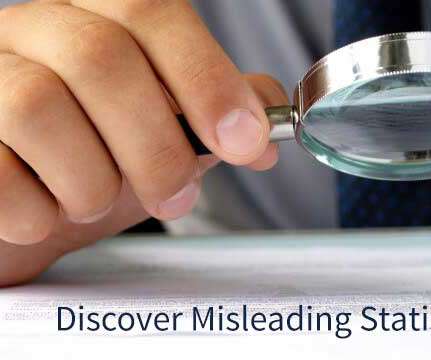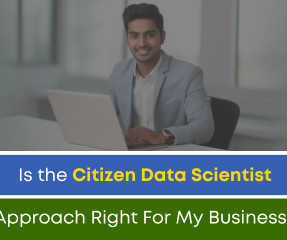The Top 20 Data Visualization Books That Should Be On Your Bookshelf
datapine
SEPTEMBER 16, 2022
But often that’s how we present statistics: we just show the notes, we don’t play the music.” – Hans Rosling, Swedish statistician. Originally published in 2016, it has a second edition that was published in 2019 that includes a rewritten chapter on qualitative data as well as 9 new chart types and shortcuts on Excel.
































Let's personalize your content